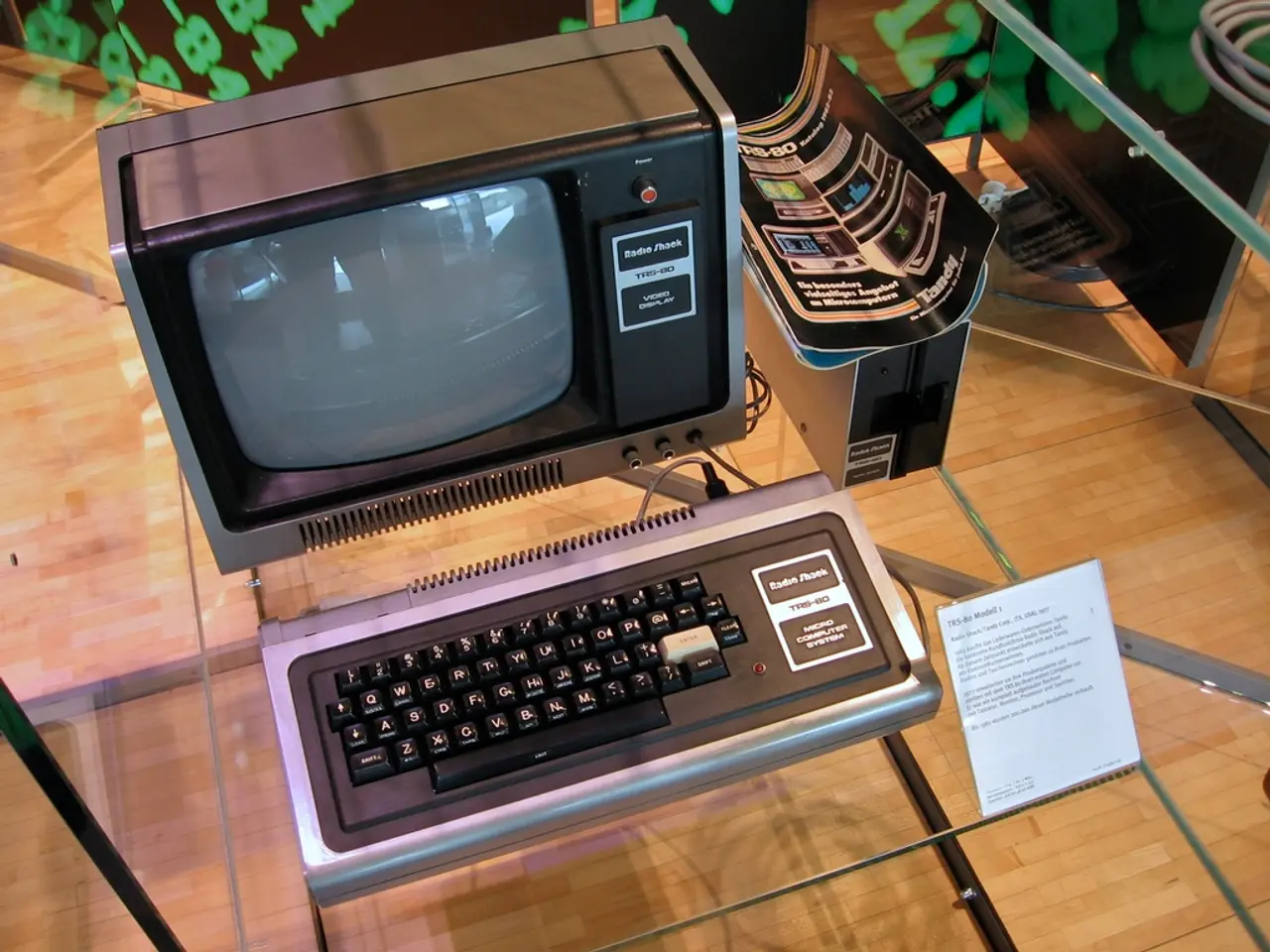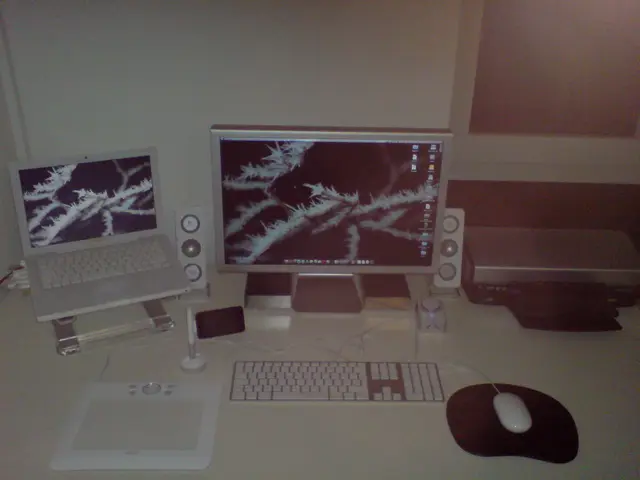Microprocessor Debugging Evolves: From Bond-Out Chips to On-Chip Tools
Debugging vintage microprocessors like the 8051 has evolved significantly over time. Once reliant on expensive James Bond chips, modern developers now enjoy on-chip debugging and sophisticated emulator tools.
In the past, debugging the 8051 required Intel's 8051E James Bond chip. This special chip exposed address and data bus lines, enabling developers to monitor and manipulate data. However, this method was pricey and complex.
Today, modern emulator tools use on-chip hardware and serial communication protocols for debugging. They can work with regular chips, not just James Bond ones, and offer more features. For instance, they can use serial interfaces like JTAG for communication with a host computer. This makes debugging more accessible and efficient.
Historically, debugging was more challenging due to larger transistors and smaller dies. Emulating old CPUs with modern processors requires understanding hardware and bus timings. Yet, on-chip debugging or real in-circuit emulator can simplify developers' lives.
From expensive James Bond chips to sophisticated on-chip debugging tools, microprocessor debugging has come a long way. Modern developers benefit from advanced emulator techniques that make debugging more accessible and efficient.
Read also:
- Development of Restaurant Apps: Expenses and Essential Elements
- European transportation's sustainability and competitiveness rely on a "green industrial agreement" that serves the interests of both corporations and residents, as discussed in an Editorial from August 2024.
- Germany's Auto Production Plunges 29% as Production Shifts East
- Karyn Coates Named ASI's Executive Director for LogoMall, Affiliate Relations, and Membership Information








